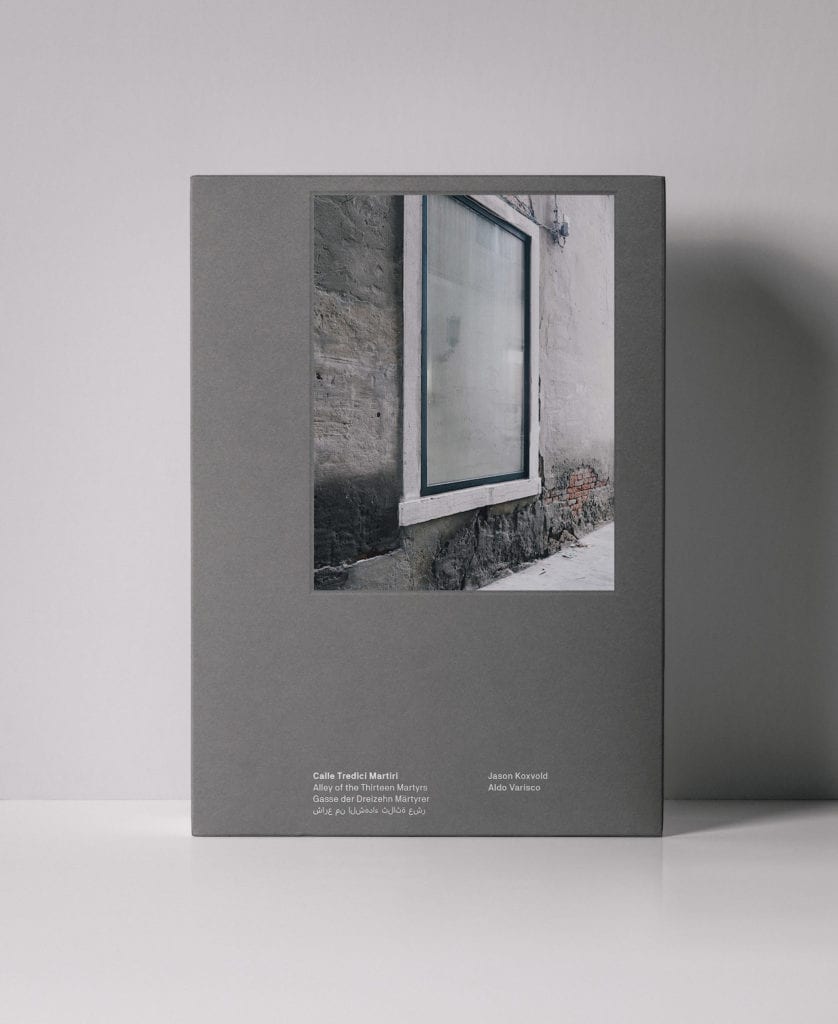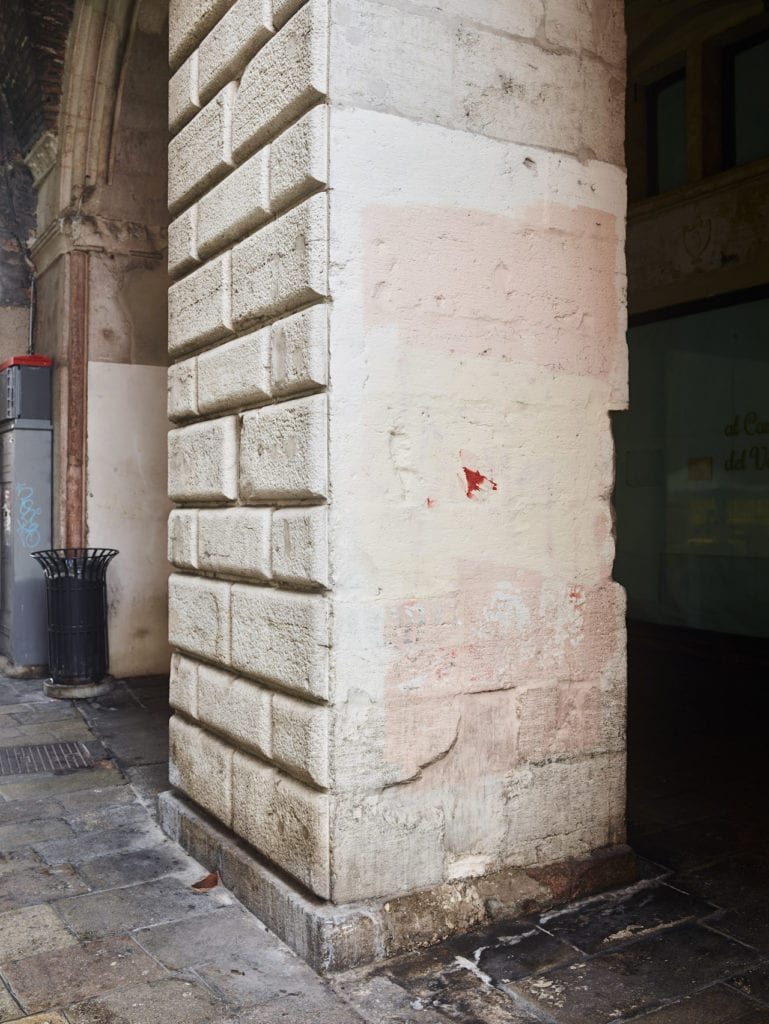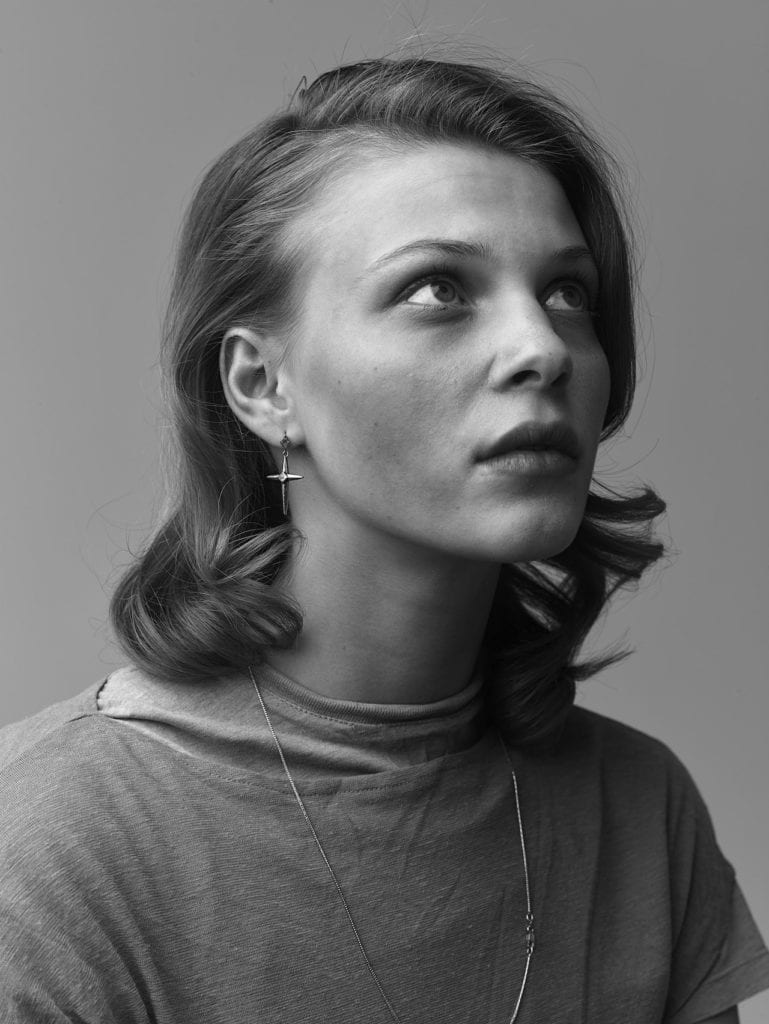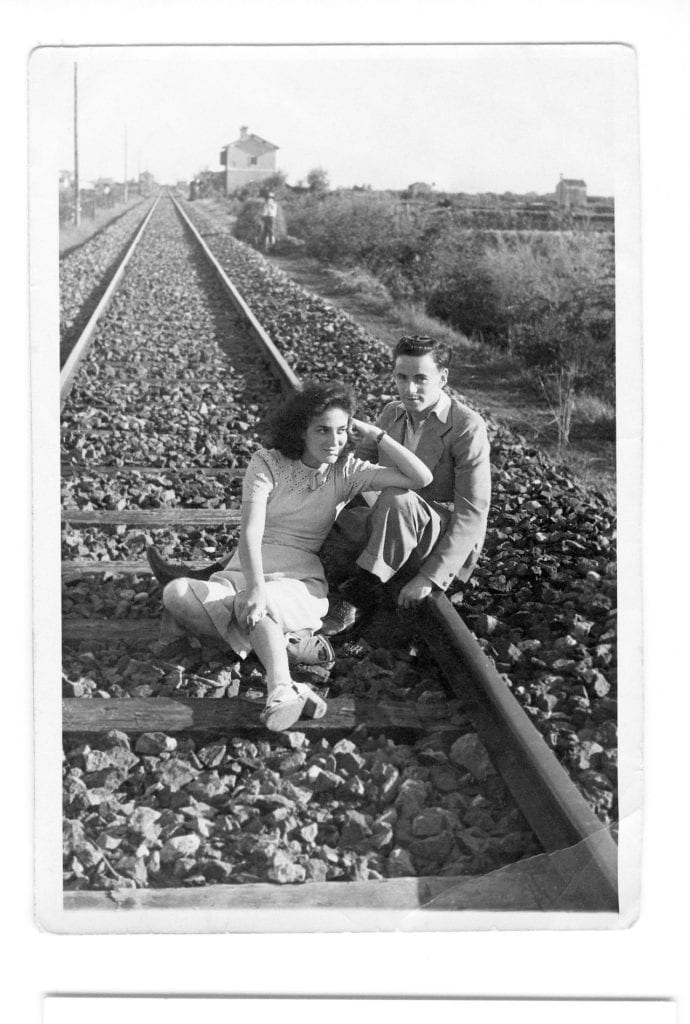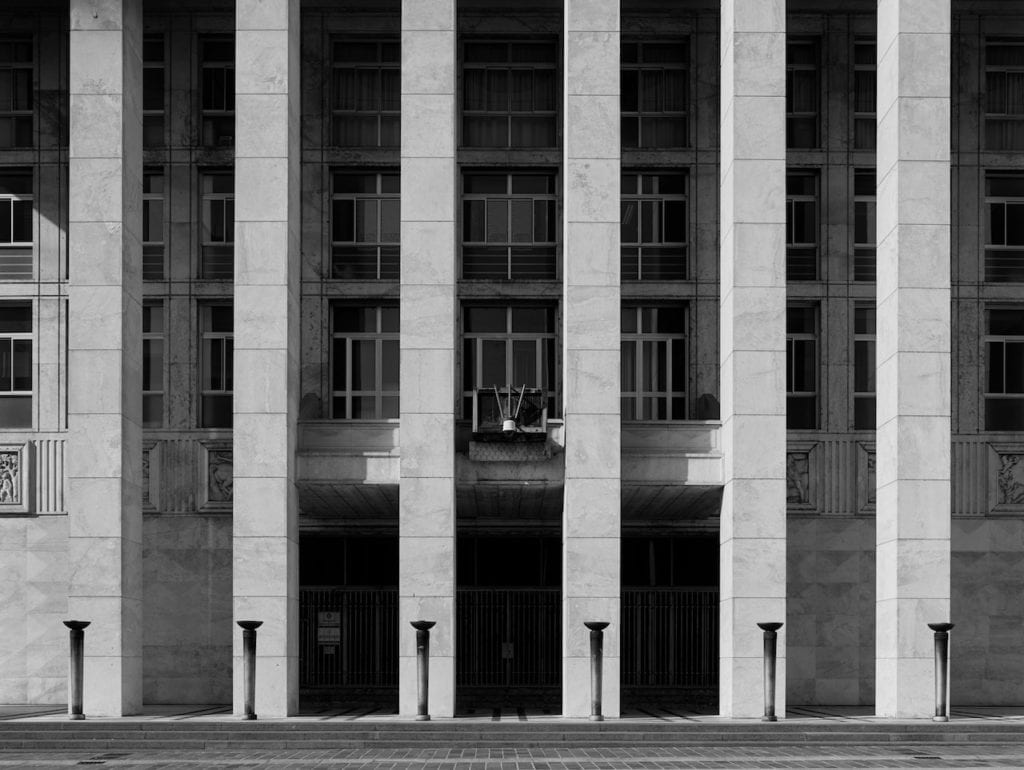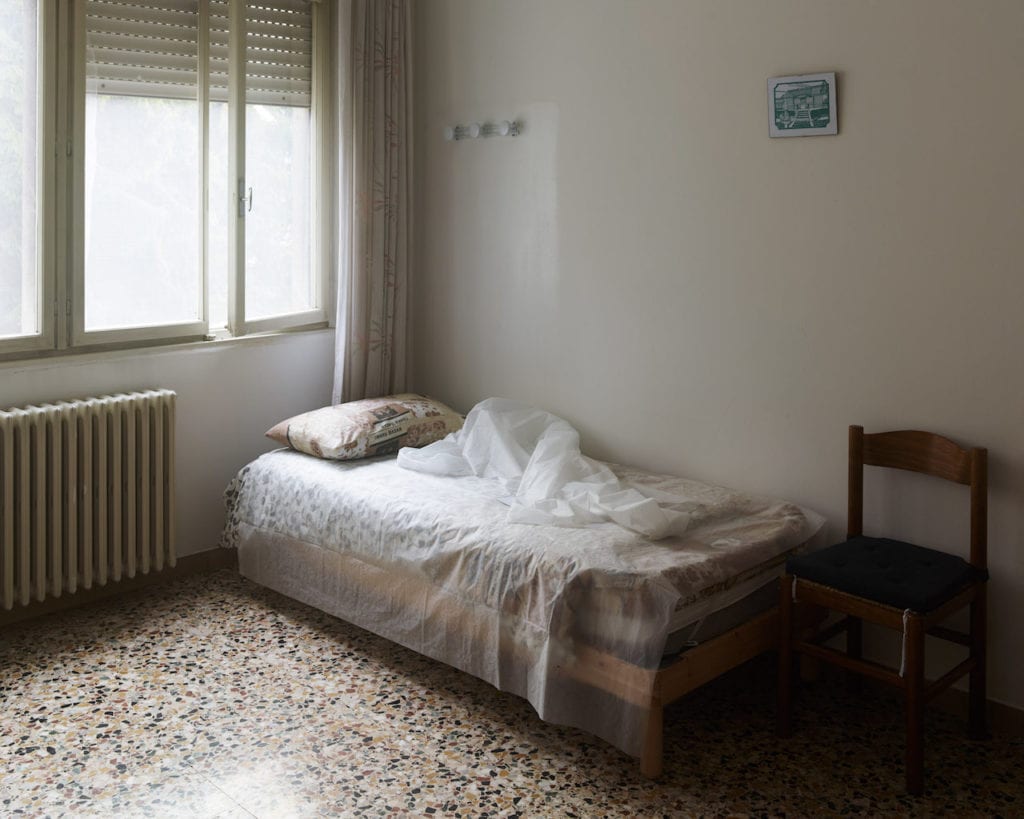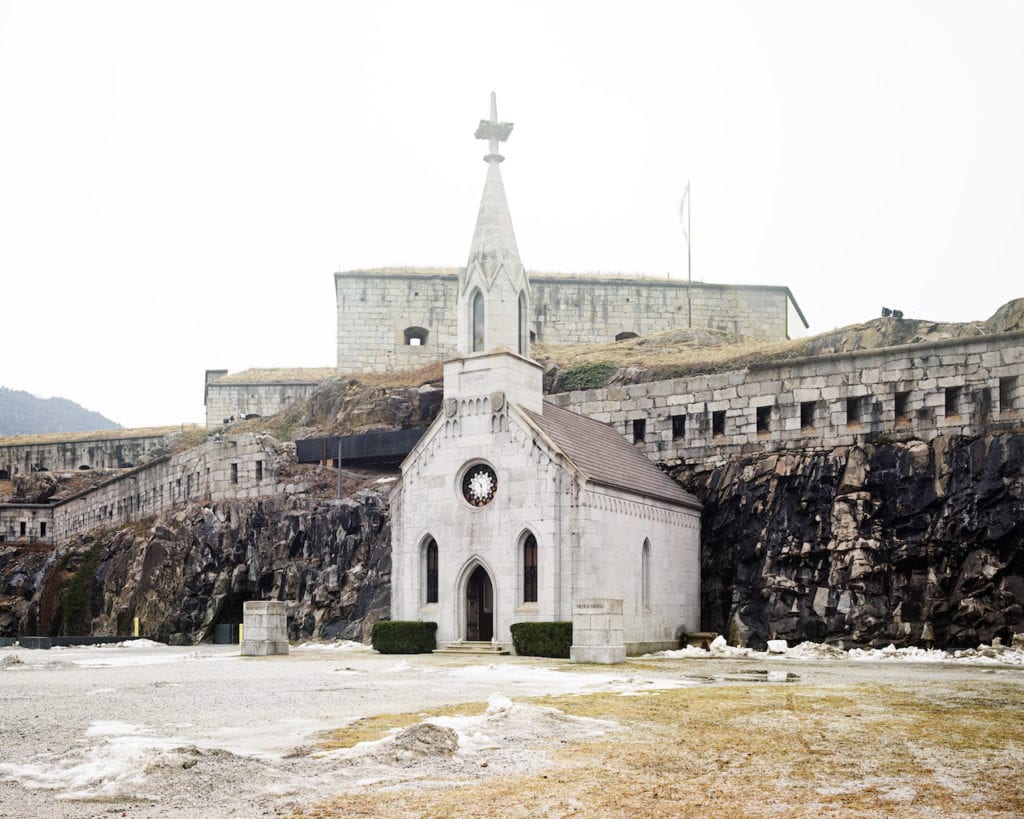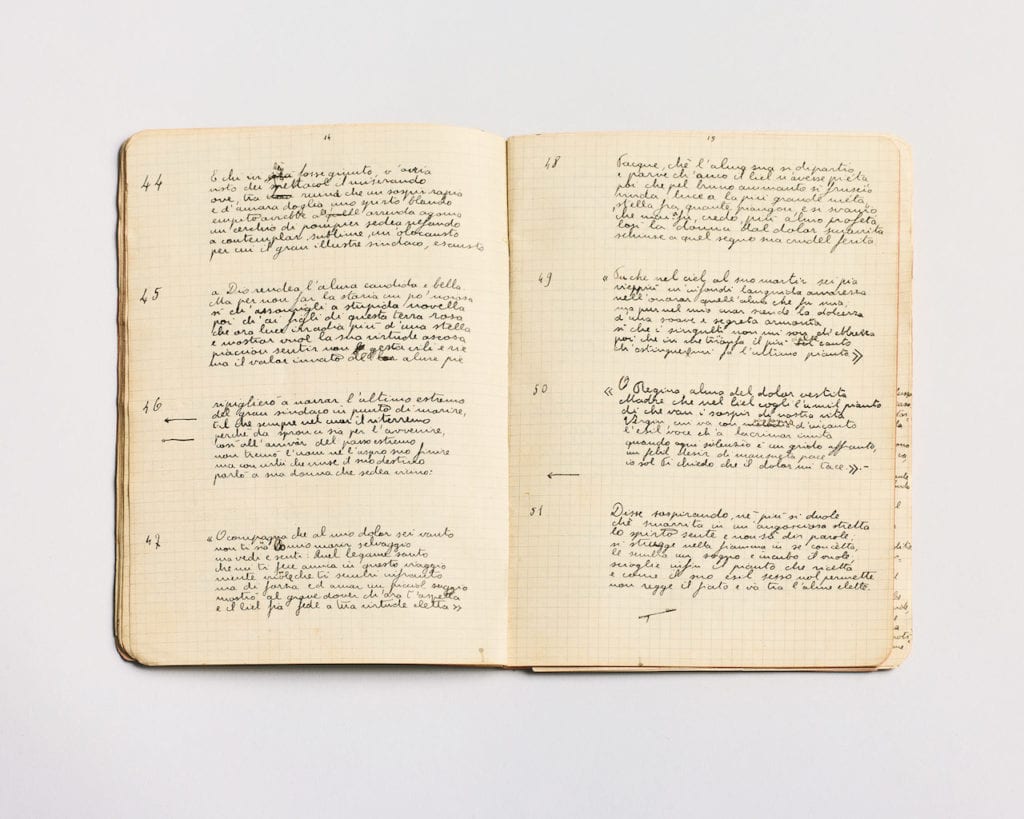On 26 July 1944, in Venice, Italy, a year after German divisions entered the country, the Venetian headquarters of the German National Republican Guard was blown up by members of a resistance movement. The following day, the German military shot 13 Italian prisoners in retribution for the number of officers killed in the blast.
Photographer Jason Koxvold’s grandfather, Aldo Varisco, was a member of the resistance behind the attack, and was later captured and extensively tortured. A young father at the time, Varisco logged his team’s escapades in diaries that were left untouched gathering dust for several decades, until now.
Several years ago, Koxvold’s mother decided to translate her father’s memoirs, and from this, the photographer began to research key locations and events, looking at archival images to piece together a narrative.
Koxvold’s latest book, Calle Tredici Martiri, is a product of a two-year investigation into his grandfather’s past. It is self-published under Koxvold’s Gnomic Book imprint, combining text, archival photographs, and new photographs interpreted from the stories in the memoirs.
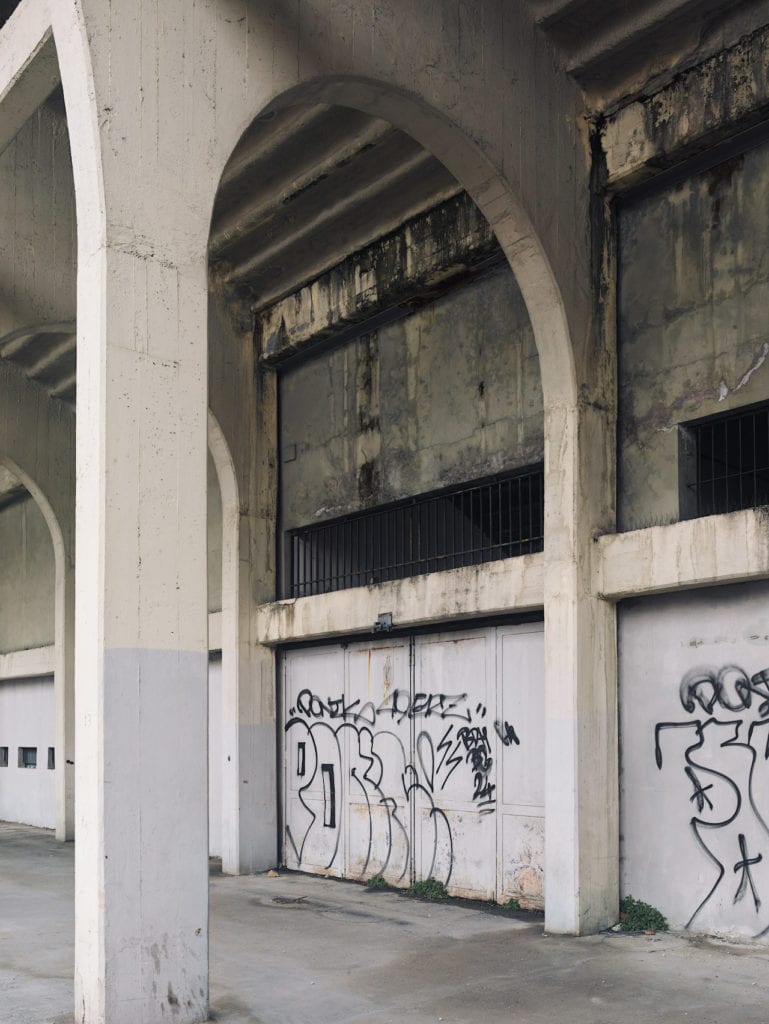
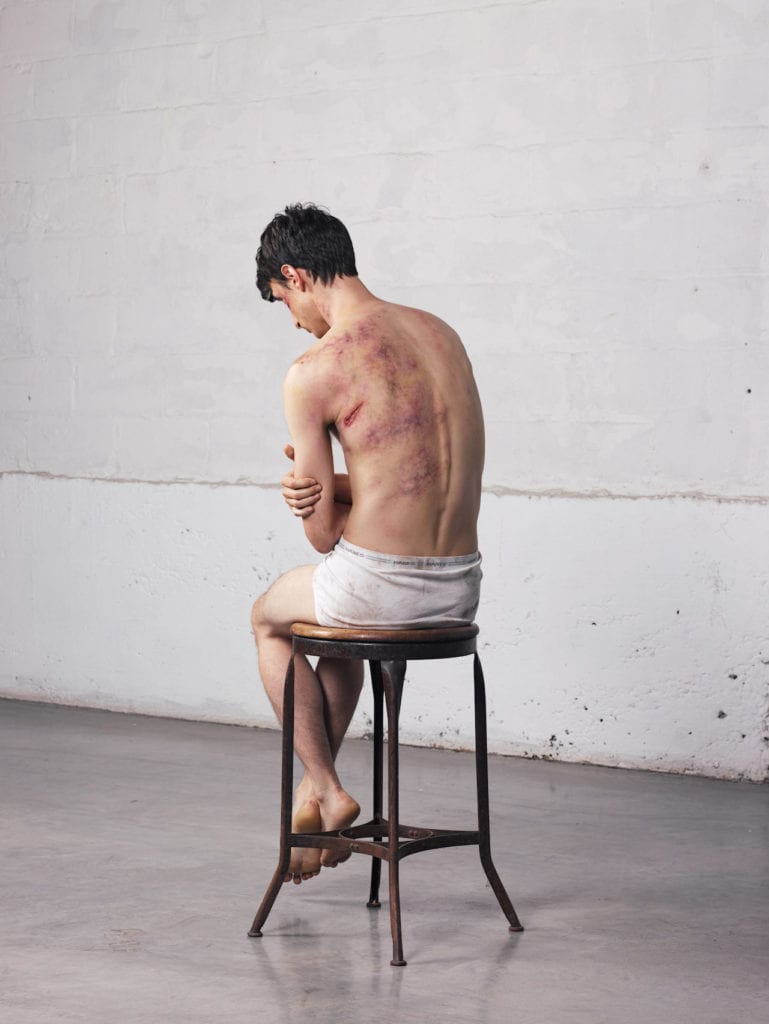
Born in Belgium to an Italian mother and Norwegian father, Koxvold was raised near Ascot in the south of England, and is now based in New York. He is mostly self taught, working in medium and large format on projects that tend to engage with questions on economic and military power.
Though it is largely rooted in landscape, Koxvold’s style varies between and within projects. “What unites my work is the conceptual framework behind it and how each one addresses questions of power,” he says.
Koxvold was interested in the tension between images that we would consider to be factual, and his own fictional reinterpretations. Responding to his grandfather’s memoirs, Calle Tredici Martiri blends Koxvold’s own portraits, landscapes, and still-lifes, with reproductions of old black and white images. Koxvold was able to access a bank in Venice, shooting inside their cavernous vaults and ornate boardrooms. He also staged portraits, intending to mimic those found in his grandfather’s archives.
At the beginning, retracing his grandfather’s experiences was exciting, “but as I got through it, it became quite serious,” he says. Staging a portrait of a man who had been badly tortured made his grandfather’s stories feel more real. “As with many photographic projects, the more you shoot, the more is revealed.”
The book includes translated extracts from his grandfather’s memoirs, as well as postcards that can be picked up and examined, inviting the viewer to make their own connections between the text and photographs, and draw parallels between images from the past and the present.
But, “This is in no way a work of non-fiction,” Koxvold points out. Knowing details about his family life, Koxvold recognised exaggerations, and sections where the narrative was skewed to suit his mission. “You can read his ego coming through the text,” he says.
“For the longest time we took photography more at face value than we do today. It’s as if we’ve just learned this new vocabulary that can just as easily manipulated and malleable as text.”
Calle Tredici Martiri is published by Gnomic Book
